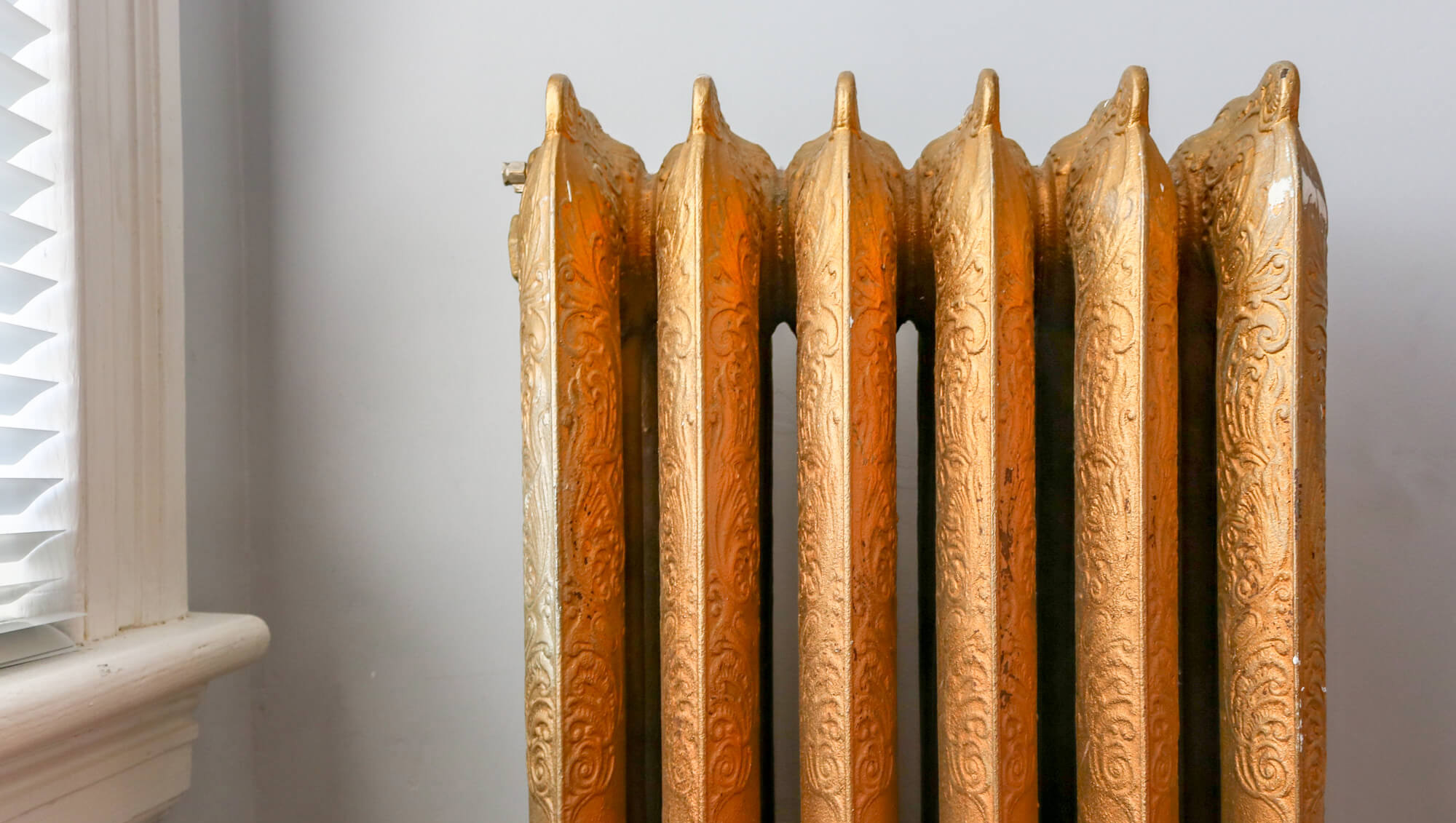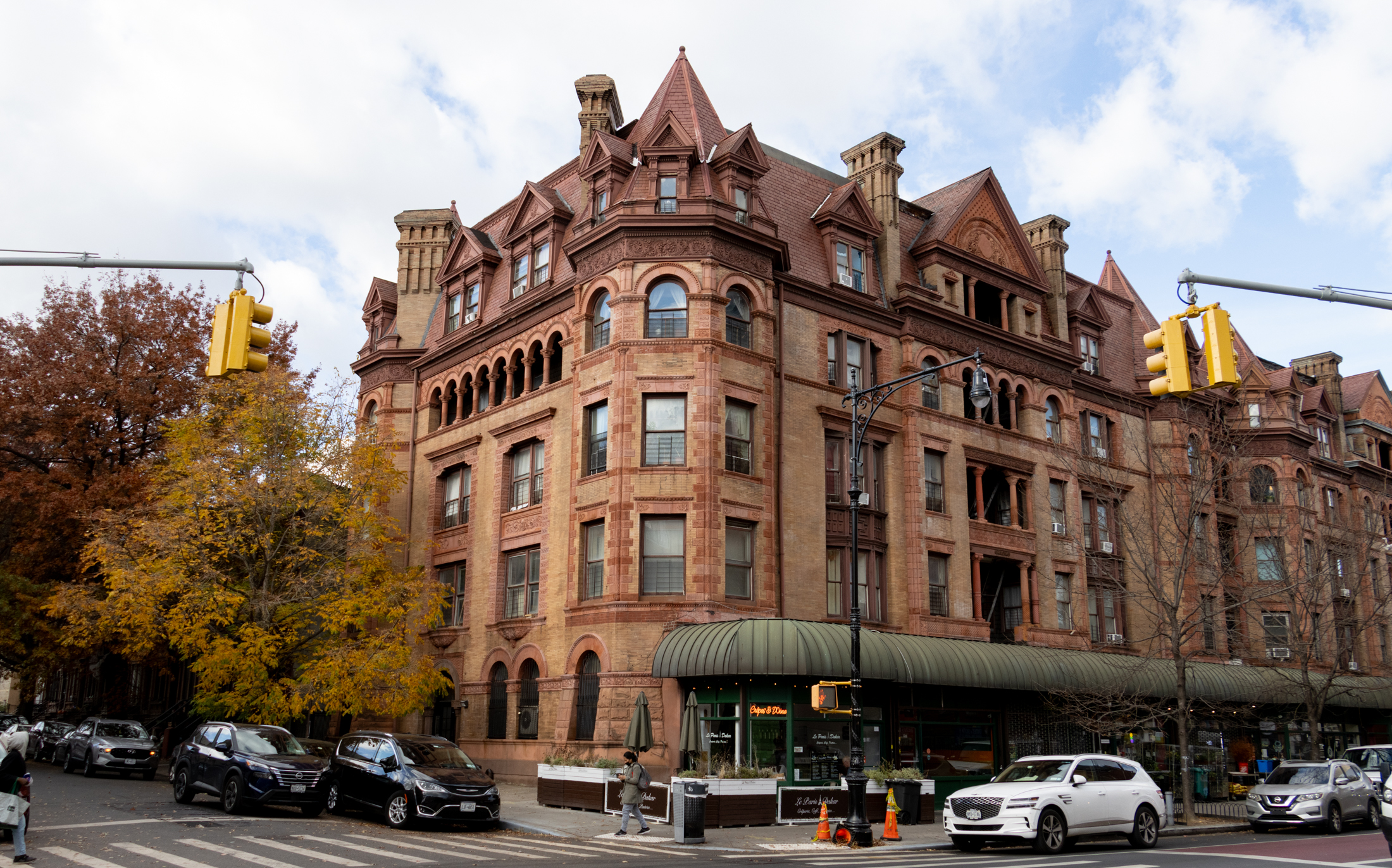The New York Times' "50 objects" feature draws attention to the history of Flushing
Earlier this month, the New York Times came out with “A History of New York in 50 Objects”, a photo gallery that aims to tell NYC’s story through artifacts. It includes items like a Munsee arrowhead from before 1700, a Greek coffee cup, and dust from ground zero of the 9/11 attacks. Three of the…

Earlier this month, the New York Times came out with “A History of New York in 50 Objects”, a photo gallery that aims to tell NYC’s story through artifacts. It includes items like a Munsee arrowhead from before 1700, a Greek coffee cup, and dust from ground zero of the 9/11 attacks.
Three of the objects draw attention to Queens, specifically Flushing, and tell our borough’s story of diversity and national significance:
1. The Flushing Remonstrance, a document from 1657, is used to show New York’s early tolerance for religious differences. In 1657, Flushing residents opposed a discriminatory policy against practicing Quakers. They issued and signed an official letter that said about the Quakers, “If any of these said persons come in love unto us, we cannot in conscience lay violent hands upon them, but give them free egress and regress unto our town.” The document later became important in the establishment of the religious freedom clause in the Bill of Rights.

Image source: jbcurio on Flickr
2. Before the 1939 New York World’s Fair, a 5,000-year time capsule was buried 50 feet below Flushing Meadows. It contains a newsreel, seeds, coins, a pack of cigarettes, and other significant items of the time, and isn’t to be opened until the year 6939. The World’s Fair attracted 44 million visitors to Flushing Meadows in the two years it was open.

Image source: Gary Dunaier on Flickr
3. A political sign in Chinese promoting Grace Meng, a New York State Assembly member who represents Flushing, was selected to represent the growing number of Asian Americans in NYC. In June 2012, Meng won the Democratic primary for U.S. Congress; meanwhile, the 2010 census showed the number of Asian New Yorkers exceeding one million for the first time in history.
Would you add any objects to the collection to tell the history of Queens or NYC?





What's Your Take? Leave a Comment